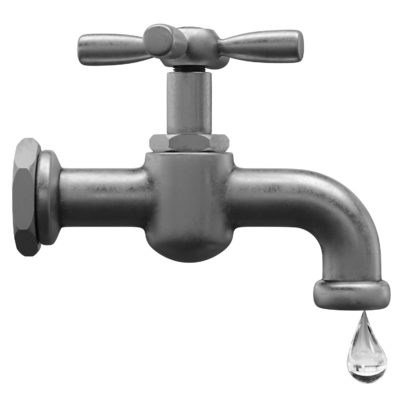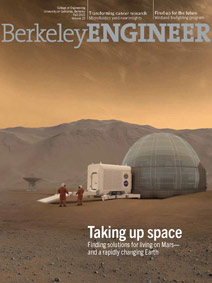Into the drink
Worldwide, one in four people don’t have access to safe drinking water, particularly those living in low-income countries. Children in those regions often suffer from diarrhea and, as a result, are commonly treated with antibiotics. To inactivate many of the harmful pathogens present, drinking water can be treated with chlorine. However, scientists have yet to determine if water chlorination has any negative effects on the bacteria inside our digestive system.

To investigate this possibility, a team of researchers led by Amy Pickering, assistant professor of civil and environmental engineering, examined the gut microbiome of children living in Dhaka, Bangladesh, one year after chlorination devices were installed in shared taps across their community. The study cataloged both bacteria species and resistance genes present in the gut microbiomes of 130 children and then compared results between those who drank chlorinated water and those who did not.
The researchers found that children drinking chlorinated water had a significantly higher abundance of certain bacteria, with some populations more than twice as abundant as compared to the non-treated group. These included several bacteria linked to improved gut health. These differences, while minor, could be related to the 23% reduction in diarrhea and 7% reduction in antibiotic use found in the larger study. There were also several antibiotic resistance genes that were found to be more abundant in children drinking chlorinated water; however, these were most likely a result of an increase in the presence of harmless strains of E. coli commonly found in mammals, which frequently harbor antibiotic resistance genes. Overall, the researchers found that chlorination did not reduce the richness or diversity of bacteria species and had no negative impact on the children’s gut microbiome.
Learn more: Examining the effects of chlorinated drinking water on the gut microbiome; Drinking water chlorination has minor effects on the intestinal flora and resistomes of Bangladeshi children (Nature Microbiology)

